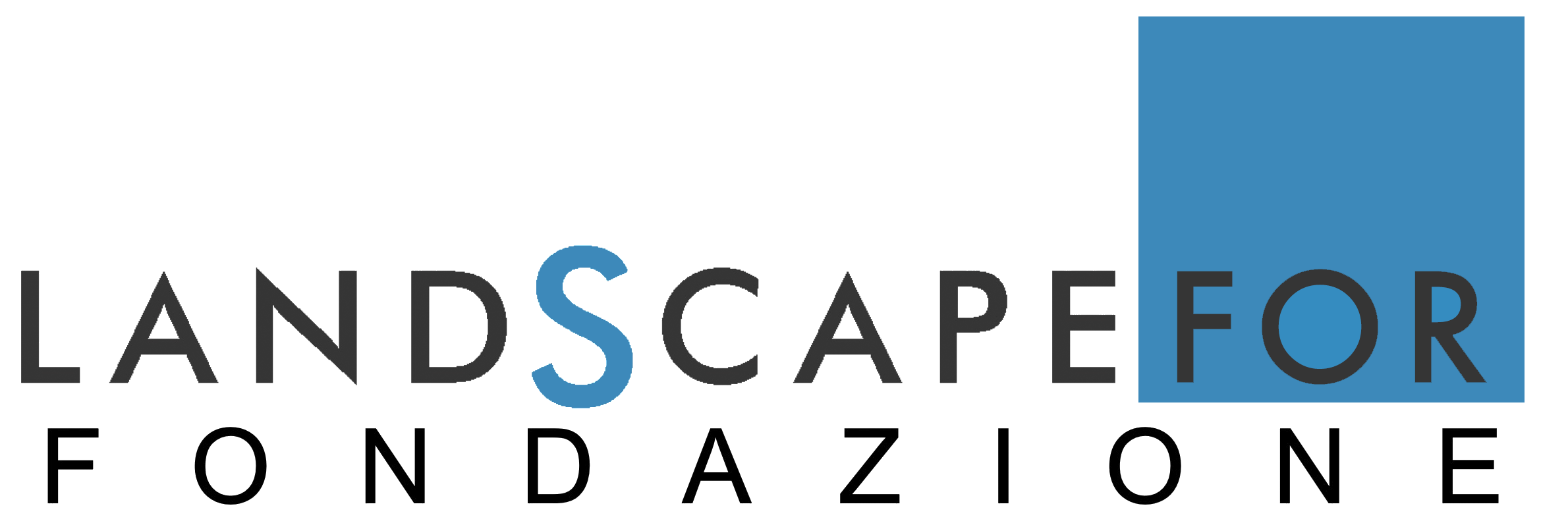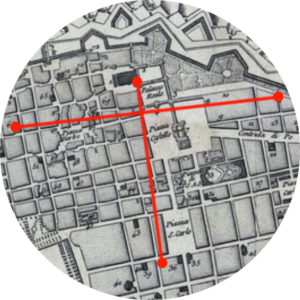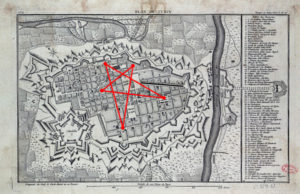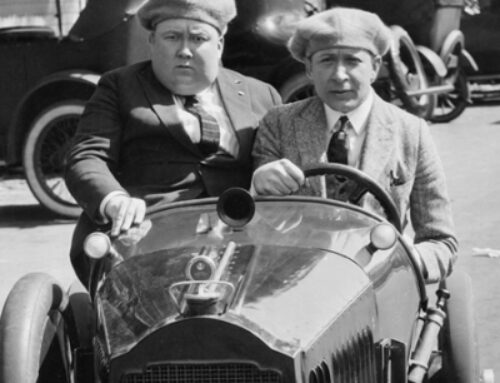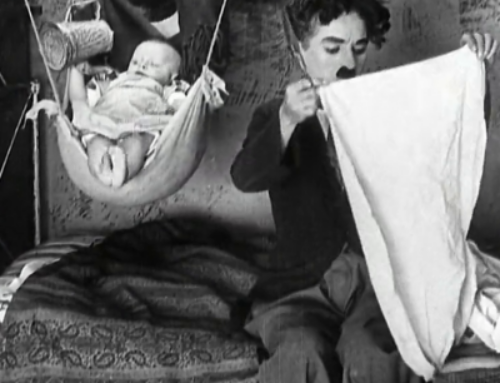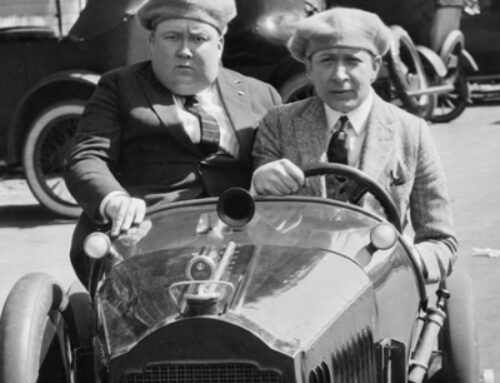It is in us that landscapes have landscapes.
So if I imagine them I create them; if I create them they exist; if they exist I see them.
What we see is not what we see, but what we are.
(Fernando Pessoa, The Book of Disquiet)
‘Symbols Unveiled’ is one of the initiatives within the framework of “AtlasForBaroque 2020”, the programme of service interventions by the LandscapeFor Association to promote a new cultural approach and safe accessibility to Piedmont’s Baroque sites on the occasion of the panel of initiatives “L’essenziale è Barocco” (The Essential is Baroque).
It is a ‘playful’ tool to intrigue, entertain and amuse the Turinese and visitors alike by suggesting different reading paths and insights into the Baroque city.
It is the first test of an exploration game (for the moment focused on Turin) that will be launched next May on AtlasFor and simultaneously on the LandscapeFor-LSF Facebook page (www.facebook.com/landscapefor).
The game builds on two experiences of ‘clue hunting’ in Turin initiated by LSF during this lockdown period: Caccia al Bonet and To(u)ret (see the articles published in our magazine: https://magazine.landscapefor.eu/2020/04/caccia-al-bonet/).
With ‘I simboli svelati’ we want to raise the level of content and interaction with the public: we have set ourselves a target that is culturally curious but does not necessarily need to have a specific historical/architectural/urbanistic competence: all that is needed is a bit of intuition and the use of Google with the ‘keywords’ listed in the clues, or, even better, the ability to rummage through the AtlasFor files.
In fact, we propose to discover some significant places of Turin’s Baroque (along the lines of the investigation in Baroque Rome described by Dan Brown in Angels and Demons): places connected by an ‘imagined’ geometric figure, which nevertheless allows us to appreciate the unity (and extraordinariness) of a project and an urbanistic vision deployed over two centuries, which has no equal in the whole of Europe.
In the choice of the ‘points’ to be discovered, we have avoided referring to the best-known architectures, in the spirit of AtlasFor, which intends to valorise the lesser-known aspects of major historical and cultural events, choosing squares, churches, gardens, military architectures and urban arrangements that are fundamental to Turin’s overall Baroque design, but out of the spotlight of ‘Tripadvisor’ mode.
How is the game played?
The player is invited to identify himself as Philip Brown¹ – one of the world’s leading iconology experts² – and follow a path of investigation that is articulated with internal references to the Atlas and to images published on the Facebook page.
Brown has just received a letter from Italy with a short text and two web addresses. The missive was sent by the recently deceased Humbert Coe³, a famous collector of ancient and modern prints and drawings, esteemed by Brown for his research into ‘hidden symbols’ in historical views of landscapes and cities. Brown understands that the collector wanted to send him – as a symbolic testament – a text that conceals a message to be decrypted using AtlasFor and some Facebook tips
Brown therefore connects to the atlas and the social page, thus launching his investigation.
The clues develop, pushing the player along a double path of exploration: a first more accessible one to ‘warm up the engines’; a second – to follow – that requires a little more effort.
First level: The cross of San Lorenzo.
A cross develops from the church of San Lorenzo: one must explore the map of AtlasFor
and locate the places that correspond to the ends of the arms.
The game participant’s identification of the ‘cross of San Lorenzo’
shown on the ‘Topographical Map of the City of Turin of 1769’.
Second level: The starry path.
You have to find the tip of a star in Via Garibaldi and set off in search of the other four vertices.
Identification of the ‘starry path’ on the ‘Topographical Map of the City of Turin of 1769’.
In the place cards relating to the points that make up the two symbols, participants will find some letters of the alphabet that, at the end of the survey, will compose a sentence that participants will have to send to the e-mail address simbolisvelati@landascapefor.eu.
The first three contestants to send the correct solutions will be awarded a year’s subscription to the magazine ‘Torino Storia’, which LandscapeFor has specially chosen in keeping with the nature of the game.
For further information: info@landscapefor.eu.
¹ ‘Philip Brown’ is the cross between the names of Philip Marlowe (the private eye, born from the pen of Raymond Chandler) and Dan Brown, the author of the bestsellers starring Harvard professor Robert Langdon.
²Brown – a lecturer and researcher at the Aby Warburg Institute in London – has become famous for having reopened the investigation into some mysterious deaths in the past: for instance, on the basis of clues he identified in the iconography of the time (and published in a highly successful book), the body of Pope Celestine V was exhumed and his violent death (which occurred on 19 May 1296) was established.
³ We trust that the players will forgive the anagrammatic reference to Umberto Eco, collector of drawings of enigmatic architecture, a Turin native by adoption.
